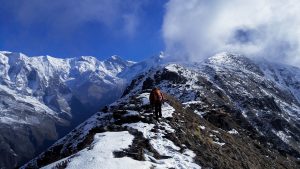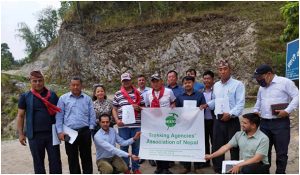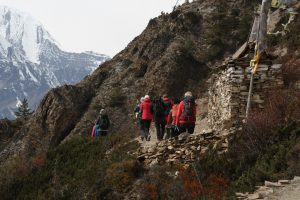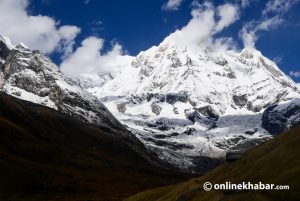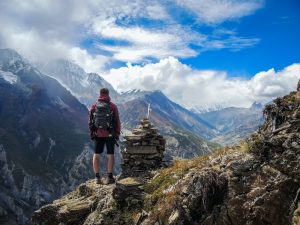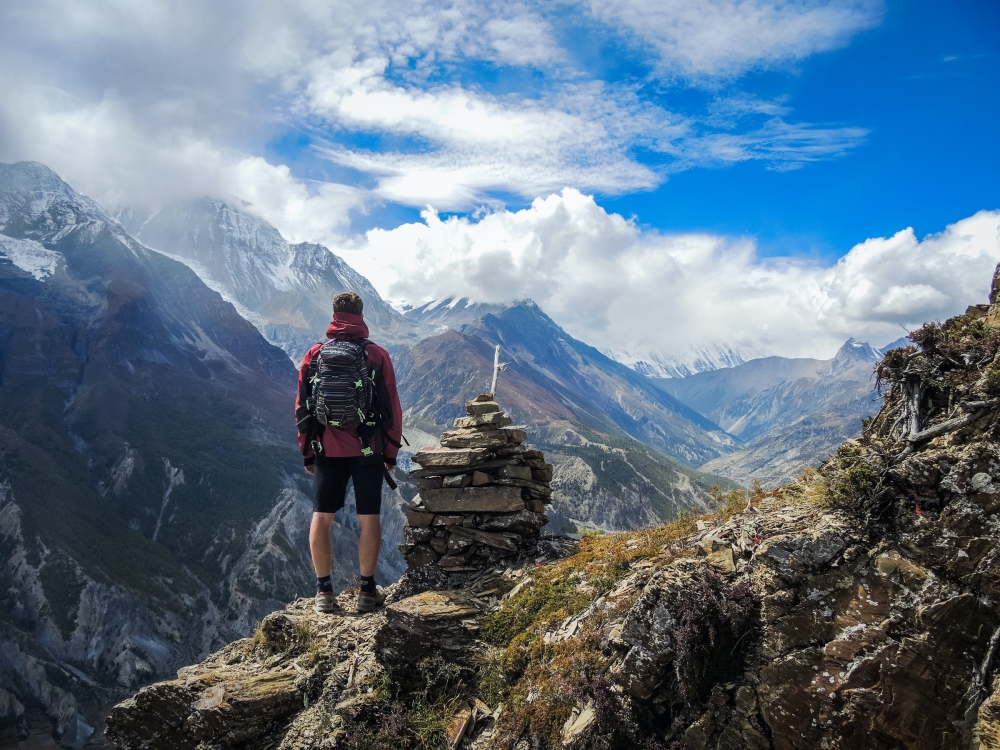
Tom Roberts was excited to trek the Annapurna circuit in Nepal this spring. Planning his second trip to the mountainous country, Robert planned to spend over a month exploring many hidden valleys and lakes in the region.
“I first saw photographs of the trek during my first time in Nepal when I went to the Annapurna base camp. I did not have time to go back then so I had planned a long trip to explore the region this time,” says Roberts from his home in France.
But on March 3, he was left disappointed after reading that Nepal Tourism Board decided to make guides mandatory on all treks in national parks and conservation areas, thereby banning solo trekking, in Nepal from April 1.
This meant Roberts had to hire a guide to trek the Annapurna circuit as the government would not issue a TIMS permit, which is mandatory on the trek, without a guide.
“This was a shock. How can they take such a decision on the eve of the trekking season? It’s such unwelcoming news for a solo trekker like me.”
Roberts treks alone not because he does not have money; he loves the feeling of doing solo trekking. He loves the freedom of being able to do as he pleases and stop where he pleases. But now with the new rule of mandatory guides, he has decided to not come to Nepal immediately but instead to travel elsewhere.
“I’ll go trek in India as it has been on my bucket list for some time. Why come to a country that does not want solo travellers anyway,” says Roberts.
The decision to ban solo trekking in the country has drawn flack from travellers across the world. There are many independent tourists like Roberts who have decided to cancel their trekking plans in Nepal due to the rule. Many cancelled as the rule affected the freedom of movement while some cancelled due to additional costs for the guides. Now, it will be interesting to see how it affects the rural parts of the country that are heavily dependent on tourists for their income.
Read also: Nepal trekkers seek a better system to replace ‘useless’ TIMS cards ahead of the Visit Nepal Decade
‘Safety first’
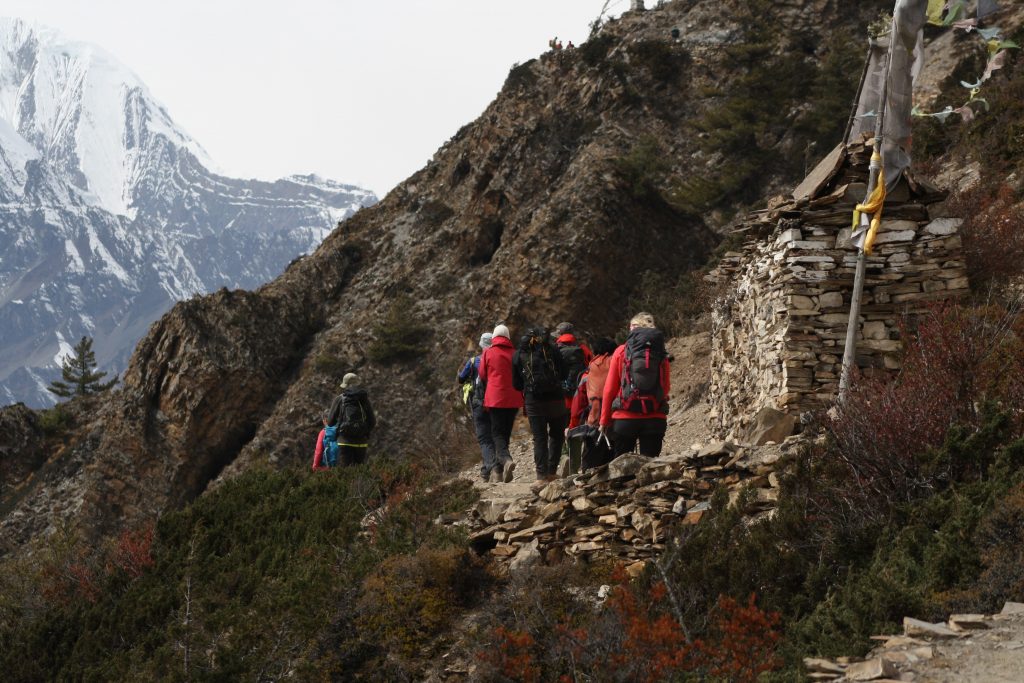
The tourism board says the solo trekking ban decision was taken after years of discussion and was being implemented for the benefit of tourists.
“Many solo trekkers go missing every year. This rule will help us stop that. It is for the benefit of the tourists and the country’s economy,” says NTB director Maniraj Lamichhane.
Nepal sees a large number of solo trekkers as it saw around 50,000 in 2019 and nearly 20,000 in 2022. The board says around 10-15 of these trekkers go missing every year.
Read also: Is trekking to Everest base camp alone–without a guide or porter–possible?
Tourism entrepreneurs argue that many go missing as they miss trails while some even die due to lack of immediate care.
“A guide can save lives,” Nilhari Baskota, the president of the Trekking Agencies Association of Nepal (TAAN), an umbrella organisation of trekking agents in the country, told Onlinekhabar a month back. “This will also generate a lot of employment in Nepal.”
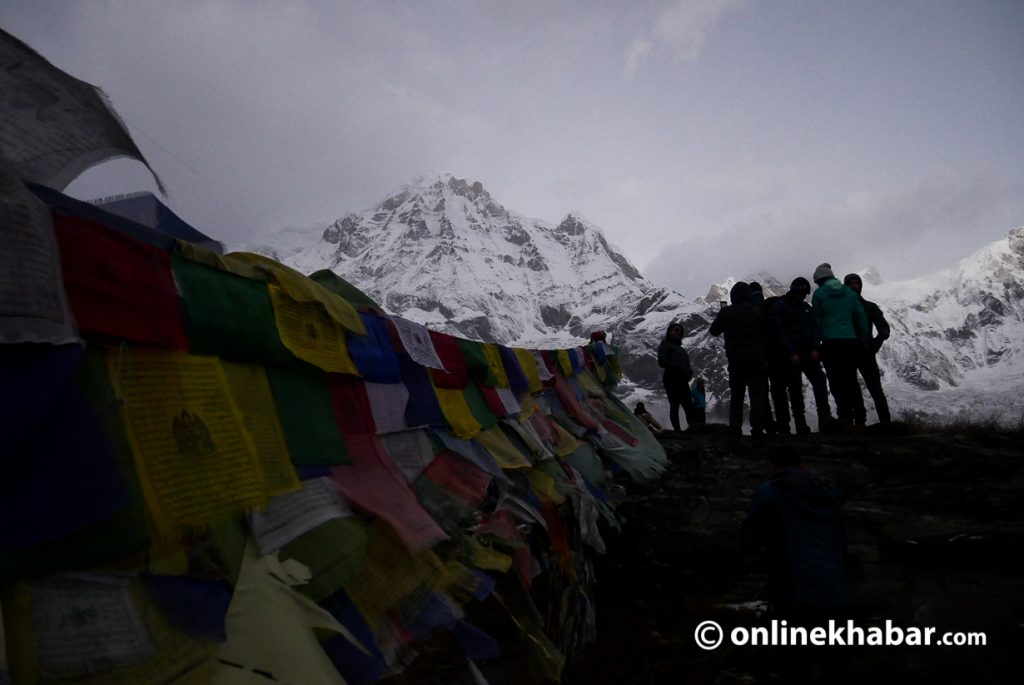
When asked if the decision to ban solo trekking will drive away tourists as the cost will rise, Baskota said it was time the country moved up from being treated as a cheap destination.
“People pay so much to go to Bhutan. But we have Everest, the highest mountain in the world. People will pay anything to come see that,” he said.
Many agencies, who will benefit from this new rule, say the rule makes sense in more than one way. Raju Gurung, who owns a trekking agency says the rule is not there to help them earn more but as mentioned above by the NTB, to save lives.
“The trekkers aren’t the same as before. A lot of them are inexperienced and don’t know how to tend to themselves if a crisis arises,” says Gurung. “The blanket ban was necessary.”
Imminent implications

But for people like Tim McDaniels who has been solo trekking all his life, this ban does not make sense.
“I’m a wilderness teacher. I have been to the most remote parts of the world and now I can’t trek solo to Everest base camp, which is the most maintained and marked trek in Nepal. It just doesn’t make sense to me why they would do that,” says McDaniels.
But the Everest region might be an exception. The area has not been checking the TIMS permit and has been issuing its own permit. This means solo trekking in the region is still possible, for now.
Mingma Chhiri Sherpa, the chair of Khumbu Pasang Lhamu rural municipality, says solo trekkers are welcome to the region as this decision was not made by the government but by the NTB and TAAN.
“Banning solo tourists will give a negative image of Khumbu and the Everest region. We have been home to such trekkers for a long time and solo trekkers are welcome here anytime,” says Sherpa.
Sherpa feels the decision was made in haste without holding discussions with the stakeholders and questions if there are enough guides to cater to the number of trekkers that come to Nepal each year.
“We still don’t know what the Tourism Ministry has to say about the decision to ban solo trekking,” says Sherpa.
Against independent guides?
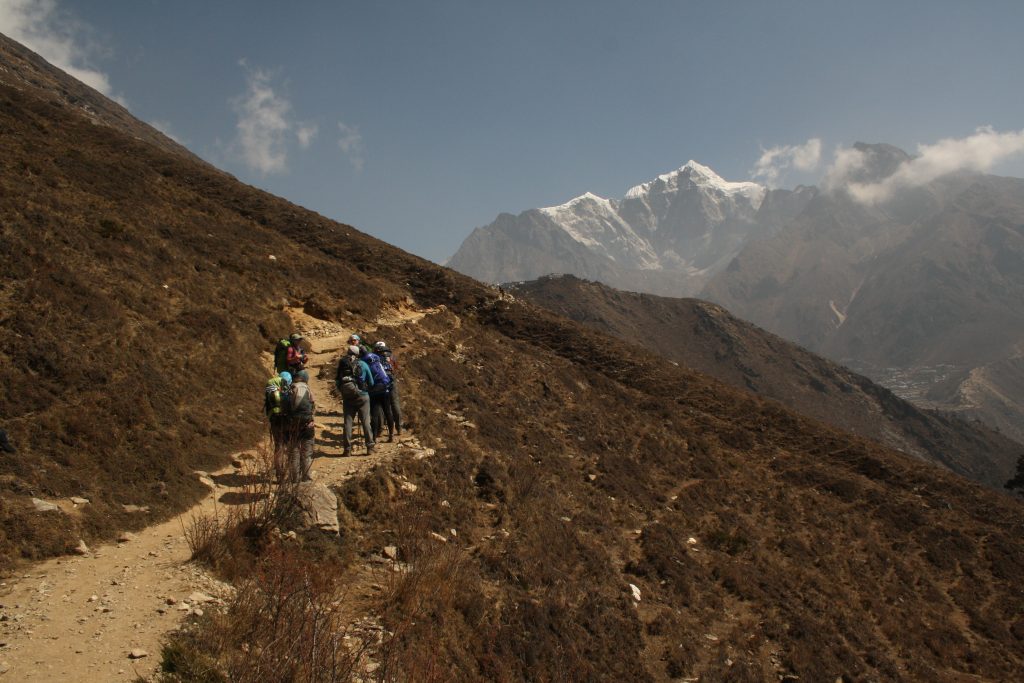
While the majority of trekking guides are happy about the new rule that bans solo trekking, there are a few who feel the rule has been brought in an ad-hoc manner. Independent trekking guides are the most hit by this as they are not allowed to take clients trekking as the new rule states the TIMS permit will be issued only via an authorised trekking agency.
“It’s like the trekking companies want to control everything. This would mean independent guides like me will have to work with a trekking company and give them a cut. This is so unfair,” says Mohan, an independent trekking guide.
Mohan feels this solo trekking ban will saturate the market too as the cost of a trekking guide will surely go down if it becomes mandatory for everyone to have one.
“Will we be able to cater to over 300,000 trekkers? I don’t think so. What is their plan or do they take decisions just for the sake of trekking companies,” he questions.
He feels the number will not go down this season and those hiring guides will go up as many have already booked trips.
“But it will be interesting to see the number of tourists in 2024 and 2025 if this rule is still in place,” says Mohan.






